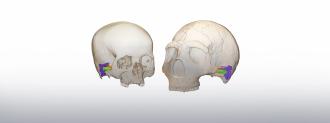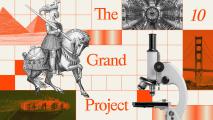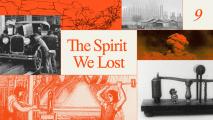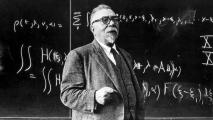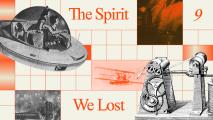Neanderthals are modern humans’ closest known cousins, and the similarities aren’t just physical — the species also engaged in many of the same behaviors as us, using fire, living in groups, and even practicing art.
But did they talk to each other like we do?
Today, human communication is primarily verbal, and scientists have long wondered whether that began with our species or was also true of ancient hominids, including the Neanderthal.
Now, researchers have used a combination of fossils and computers to (sort of) answer the question: Neanderthals could have spoken to each other — though, of course, we still don’t know whether they did.
Human Communication
It’s hard for scientists to pinpoint exactly when human communication evolved to include verbal language because speech doesn’t leave behind any sort of physical evidence — we say something, and the words just disappear into the ether.
About 20 years ago, paleontologist Ignacio Martínez came up with a plan to study the Neanderthal’s potential speech capabilities using the physical evidence that was available: fossils.
He and his colleagues created 3D virtual models of Neanderthals’ ear structure using high-resolution CT scans of fossils. They also modeled the ear structures of modern humans and some hominids that lived before the Neanderthals.
Once they had their models, they used specialized software to predict what frequencies each species could have heard, as well as the frequency range that would have been easiest for them to hear.
This range is known as the “occupied bandwidth,” and there’s a direct link between it and the efficiency of a species’ ability to communicate vocally — the wider the bandwidth, the more distinct acoustic sounds they’re able to understand.
Comparing Neanderthals and Humans
Based on the software’s predictions, the Neanderthals’ occupied bandwidth was wider than their ancestors’ and more closely resembled the range of modern humans. Their ears were also particularly optimized to hear consonants, which is key to modern human communication.
“(T)he use of consonants is a way to include more information in the vocal signal and it also separates human speech and language from the communication patterns in nearly all other primates,” researcher Rolf Quam said in a press release.
So, based on the researchers’ models, Neanderthals had the auditory equipment necessary for modern human communication. Whether they took advantage of it, though, is still a mystery — and it’s one that might never be solved.
As anthropologist Anna Goldfield, who wasn’t involved in the study, told the New York Times, “There are no Neanderthals left to speak.”
We’d love to hear from you! If you have a comment about this article or if you have a tip for a future Freethink story, please email us at [email protected].
